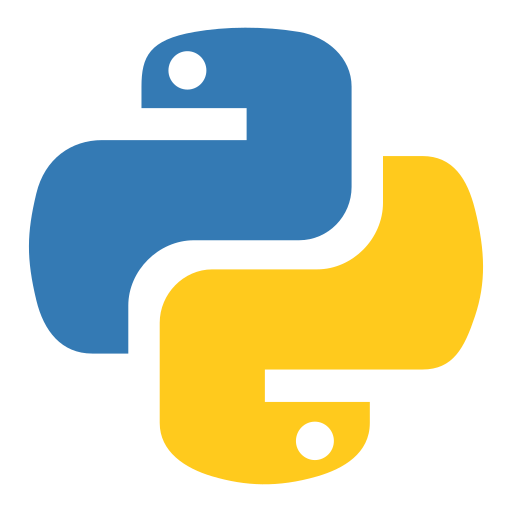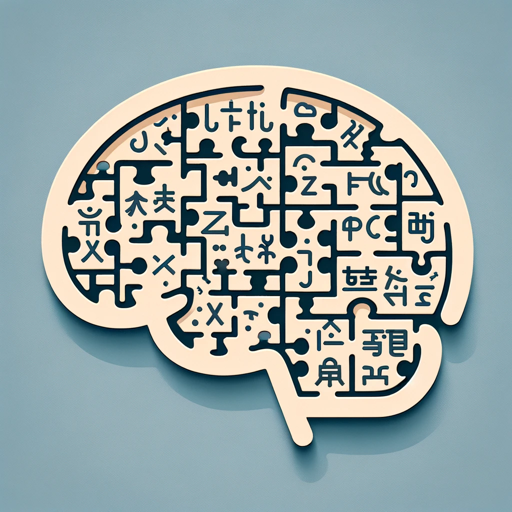DSPy Guide v2024.1.31-guide to optimize DSPy pipelines
AI-Powered Guidance for DSPy Framework
How do I install DSPy?
Explain LM Assertions in DSPy.
What's the role of teleprompters in DSPy?
Discuss Omar's views on AI/ML and DSPy.
Related Tools
Load More
Advanced Python Assistant
A friendly Python programming assistant, ready to assist you.

Digital Signal Processing Tutor
A DSP Tutor for upper-division and graduate students, offering detailed, patient explanations.
DSPy Guide v2024.2.7
Expert in DSPy framework, guiding in its application and optimization for complex tasks in AI. https://www.linkedin.com/in/seanchatman/

Data Dynamo
A friendly data science coach offering practical, useful, and accurate advice.
Python Coding Companion
Assists in creating and understanding python applications and scripts.
PyxGPT
Learn Python Programming | AI Engineering | Software Development | Data Science | Machine Learning
20.0 / 5 (200 votes)
Introduction to DSPy Guide v2024.1.31
DSPy Guide v2024.1.31 is a specialized framework designed to assist users in navigating and utilizing the DSPy (Data-Structure-Prompting for Yields) framework. It provides guidance on defining tasks, setting metrics, using various modules, and employing DSPy optimizers for advanced language model (LM) systems. The framework emphasizes accuracy, reliability, and a systematic approach, making it a valuable tool for both novice and experienced users in the field of NLP. For example, if you are developing a question-answering system, DSPy can help structure your model’s reasoning process through various topologies like ChainOfThought, TreeOfThought, and GraphOfThoughts, enhancing the model's ability to generate accurate and contextually appropriate responses.

Main Functions of DSPy Guide v2024.1.31
Task Definition
Example
Defining a task to improve a model’s ability to understand and generate natural language responses.
Scenario
A user is working on a chatbot that needs to handle customer queries about a product. By defining the task clearly within DSPy, the user can outline the expected input and output formats, set relevant constraints, and specify metrics to evaluate performance, ensuring that the chatbot delivers accurate and helpful responses.
Metrics Setting
Example
Establishing evaluation metrics such as accuracy, precision, recall, and F1 score for model assessment.
Scenario
In a sentiment analysis project, a user wants to measure the effectiveness of their model. By setting appropriate metrics within DSPy, they can track how well the model classifies sentiments (positive, negative, neutral) and make data-driven improvements based on these evaluations.
Module Utilization
Example
Employing modules like ChainOfThought to enhance intermediate reasoning steps in model outputs.
Scenario
A researcher is developing an educational tool that provides step-by-step solutions to math problems. Using the ChainOfThought module, the tool can break down complex problems into simpler, understandable steps, thereby improving the learning experience for students.
Ideal Users of DSPy Guide v2024.1.31
NLP Researchers and Practitioners
These users are engaged in developing and refining language models for various applications. They benefit from DSPy's structured approach to prompt engineering, task definition, and evaluation metrics, which helps in creating more robust and reliable NLP systems. Researchers can experiment with different reasoning topologies (ChainOfThought, TreeOfThought, GraphOfThoughts) to enhance their models' performance on complex tasks.
Data Scientists and AI Developers
This group includes professionals who integrate language models into larger data-driven applications. DSPy provides them with tools to optimize and evaluate their models systematically. For instance, a data scientist working on a customer support automation project can use DSPy's modules to improve the accuracy and relevance of the automated responses, thus enhancing the overall user experience.

How to Use DSPy Guide v2024.1.31
Step 1
Visit aichatonline.org for a free trial without login, also no need for ChatGPT Plus.
Step 2
Familiarize yourself with the DSPy framework documentation to understand its modules, syntax, and capabilities.
Step 3
Install the necessary prerequisites such as Python and DSPy via pip, following the detailed installation instructions provided.
Step 4
Explore common use cases like LM assertions, chain of thought reasoning, and prompt engineering by reviewing provided examples and templates.
Step 5
Experiment with DSPy optimizers and teleprompters to refine your language model pipelines, leveraging advanced topologies for optimal results.
Try other advanced and practical GPTs
NLP Computational Linguistics Expert
AI-powered NLP and Linguistics Assistance

仮想カメラプロンプト生成 for "Mid Journey"
AI-powered photorealistic prompt generator

SQL Generator
AI-Powered SQL Code Assistant

断頭台のアウラ
AI-Powered Insights from a Legendary Sorceress

Sheets Maker
AI-Powered Spreadsheet Automation

EdNovate
AI-powered tools transforming education.

App Architect
AI-powered solutions for intuitive app creation

Podcast Summary Pro
AI-powered summaries for podcasts, simplified.

Promethean | Scientific Literature Reviewer | PDFs
AI-powered tool for reviewing scientific PDFs.
Tokimeki Memorial: Forever With You❤️
AI-powered dating simulation experience.

Noisebridge Navigator
AI-powered assistant for Noisebridge community

YC Partner
AI-Powered Insights for Every Query

- Research
- Data Analysis
- Development
- Prompt Engineering
- NLP Tasks
Q&A about DSPy Guide v2024.1.31
What is the primary purpose of DSPy Guide v2024.1.31?
The primary purpose of DSPy Guide v2024.1.31 is to provide detailed guidance on using the DSPy framework for creating and optimizing language model systems, focusing on accuracy, reliability, and systematic approaches.
How does DSPy improve language model pipelines?
DSPy abstracts language model pipelines as text transformation graphs, allowing for systematic optimization and the use of advanced reasoning structures like ChainOfThought, TreeOfThought, and GraphOfThoughts to enhance performance and accuracy.
What are some common use cases for DSPy?
Common use cases for DSPy include academic research, software development, data analysis, prompt engineering, and advanced NLP tasks, leveraging the framework's ability to structure and optimize language model reasoning.
What are LM Assertions in DSPy?
LM Assertions in DSPy are programming constructs used to express computational constraints for language models, ensuring they adhere to important constraints and reducing reliance on heuristic prompt engineering.
Can DSPy be used for real-time applications?
Yes, DSPy can be used for real-time applications by leveraging its systematic approach to optimize latency and cost-effectiveness, making it suitable for various real-time NLP tasks.